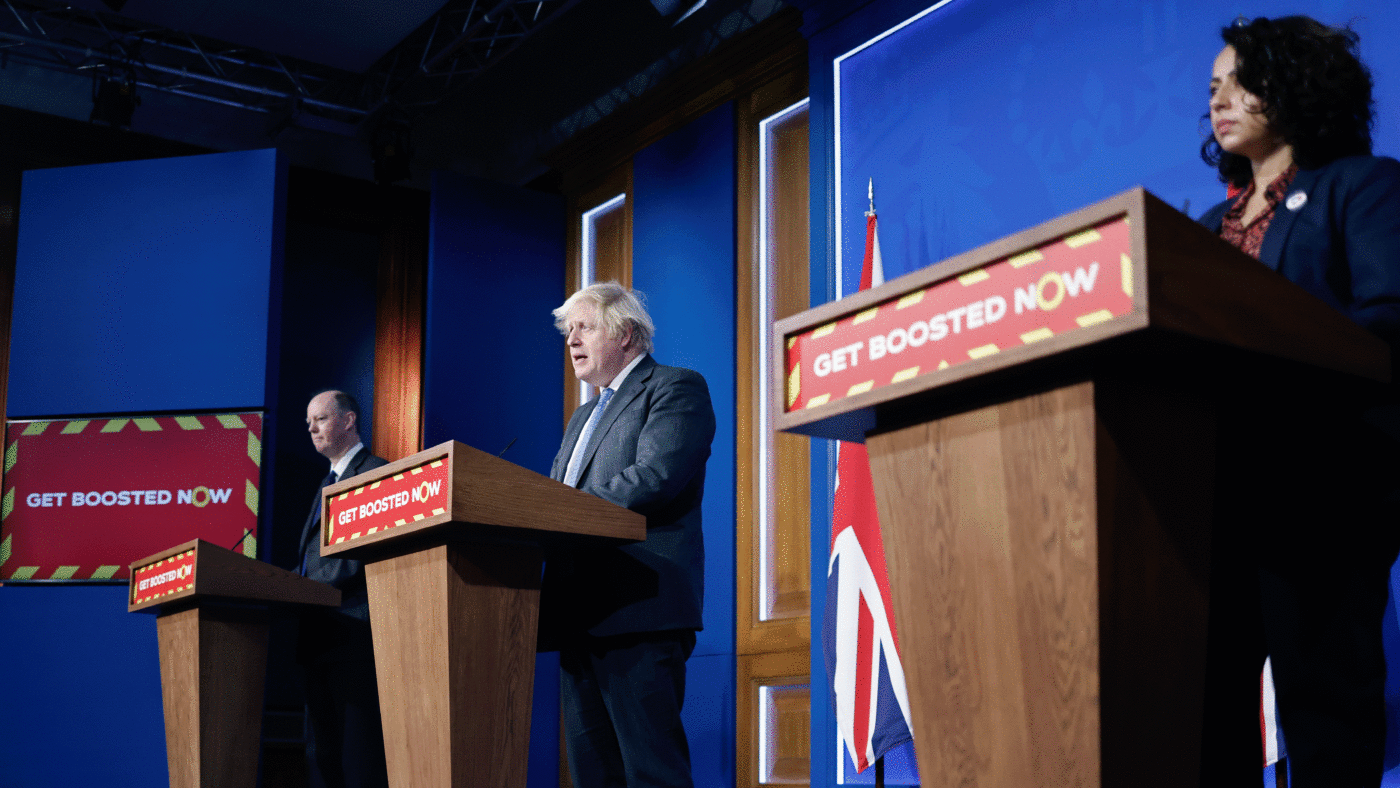Imagine if loads of your private messages were published online for the world to see. Would they show you in a better or worse light than before?
The #LockdownFiles probably won’t change what people already think of Matt Hancock, or indeed many of the other characters caught up in the exchanges published by The Telegraph this week. Most have already made their minds up as to who the pandemic heroes and villains are.
What the messages do shed light on though is how government actually works, and the way that information is escalated to ministers and decisions made.
Some have suggested that the latest disclosures show politicians motivated to appear the toughest on Covid – with Hancock seemingly pushing for restrictions so as to not appear weaker than Nicola Sturgeon. (It’s worth noting that people saying this don’t imply the same kind of motivation the other way round to Sturgeon.)
However, as someone who worked in government towards the end of the pandemic, these releases don’t seem all that revelatory. If anything, their coming out now is actually quite useful in reminding us of the huge, varied, and competing pressures and priorities that people faced all the way through what were genuinely unprecedented circumstances.
From the relatively calm situation we are in now, it is easy to forget what it was like back in 2020 and 2021. It was – indeed, still is – genuinely hard for decision makers to get enough useful and reliable information to make decisions at the best of times. A pandemic from a novel virus makes things even harder.
Even when you do have lots of information, it doesn’t necessarily point towards a clear solution or direction. With the public, media and opposition demanding immediate action – and tougher action than you might be inclined towards – it is no surprise that nuance and caution go out of the window. It’s all too easy to pretend that the evidence is actually clear cut, and thus the ‘right’ decision is simple to see, but this is rarely the case.
And that’s before other interested parties have their say. Gavin Williamson may have been Education Secretary at the time, but he was never able to make decisions about schools and universities in isolation. Number 10, Cabinet Office, the Department for Health, and various public health bodies all had their say on what to do and when.
Williamson’s role was to consider things from the perspective of children, students and schools, and of course think about how the teaching profession and unions would react. The Department for Health looked at it from the angle of NHS capacity, public health agencies from their viewpoint, and No 10 and the Cabinet Office then had to bring it all together and try to figure out what to do and how to explain and sell it.
It is this need for vaguely joined-up government that led to so many decisions coming so late. Whether it is keeping schools open or closing them, who went on the Key Workers list (and thus could send their kids to school) or what Covid mitigations were to be put in place – these are all things that required multiple inputs from multiple departments and arms-length organisations. This is an inherently messy process, but it’s also part and parcel of decision-making in a democracy.
Despite that messiness, I do think that ministers got better at managing things over time. The very contentious policies around masks in secondary schools are a useful example of this.
It is reported today that the original decision to get pupils in England to wear masks at school was made partly to not appear slow compared to Scotland. By the time Omicron emerged in late 2021, the Government and schools had got into the flow of adjusting.
The Education Secretary at the time, Nadhim Zahawi, is both a scientist by background and had already had a prominent role in the Covid response as Vaccines Minister. That meant he was in a better position than most to both weigh up the data and consider the human costs of different interventions. It’s also why when he did publish the evidence summary behind his decision to have masks in schools in 2022, it made clear that the evidence on transmission was not conclusive, but on balance masks would help get schools back open. Importantly, being transparent and putting the evidence out there for wider consumption meant there was little controversy when the mask mandate was lifted a few weeks later.
The same was not true earlier in the pandemic when the data was either incomplete or simply non-existent. Later on, as Zahawi showed, the key was having a minister who was prepared to both acknowledge the uncertainty about the impact of different measures and lean into it.
I think we need to keep all of this in mind as The Telegraph continues to release more ‘revelations’. There can be no excuses for incompetence, bad behaviour or people fitting things to their own agenda, but we should bear in mind how damned hard running the country was in the midst of the Covid chaos.
Click here to subscribe to our daily briefing – the best pieces from CapX and across the web.
CapX depends on the generosity of its readers. If you value what we do, please consider making a donation.


